The Importance of SEO
The Importance of SEO: Driving Digital Success in the Modern Age
Introduction:
In today’s digital landscape, search engine optimization (SEO) has become an integral component of any successful online presence. SEO is a multifaceted strategy aimed at improving a website’s visibility, organic search rankings, and overall online performance. This essay explores the importance of SEO in driving digital success, examining its benefits for businesses and individuals alike. From enhancing website traffic and user experience to increasing brand visibility and conversion rates, SEO plays a crucial role in establishing a strong online presence and achieving long-term growth.

I. Enhancing Website Visibility and Traffic:
One of the primary goals of SEO is to improve a website’s visibility in search engine results pages (SERPs). When a website ranks higher in search results, it attracts more organic traffic. Through various techniques like keyword optimization, content creation, and link building, SEO helps websites climb the ranks and capture the attention of potential visitors. Increased visibility translates into more opportunities to engage with the target audience and build brand awareness.
SEO involves optimizing a website’s content to align with user search intent. By conducting keyword research and strategically incorporating relevant keywords throughout the website, businesses can enhance their chances of appearing in search results for relevant queries. Additionally, creating high-quality and informative content helps establish credibility and positions the website as a valuable resource in its niche. SEO also involves optimizing meta tags, headings, and URLs to ensure that search engines can easily understand and index the website’s pages, further improving visibility.
Furthermore, SEO extends beyond on-page optimization to off-page factors such as link building. Building high-quality backlinks from reputable websites signals to search engines that the website is trustworthy and authoritative. By earning these backlinks through a combination of content marketing, outreach, and networking, businesses can significantly enhance their website’s visibility and increase the likelihood of attracting organic traffic.
II. Improving User Experience:
SEO also focuses on optimizing website usability and overall user experience. Search engines consider user behavior metrics, such as bounce rate and time spent on site, to determine the relevance and quality of a website. By implementing SEO best practices, including mobile responsiveness, fast loading speeds, intuitive navigation, and relevant content, businesses can enhance user experience and encourage visitors to spend more time on their websites. A positive user experience not only boosts search engine rankings but also increases the likelihood of conversions, customer satisfaction, and repeat visits.
Mobile optimization has become increasingly crucial in the era of smartphones. With a significant portion of online searches now originating from mobile devices, search engines prioritize mobile-friendly websites in their rankings. Websites that are not optimized for mobile may suffer from higher bounce rates and lower engagement, negatively impacting their search engine visibility. Therefore, responsive web design, which ensures that websites adapt to different screen sizes and devices, is a critical aspect of SEO.
Page loading speed is another critical factor for user experience and SEO. Slow-loading pages not only frustrate visitors but also lead to higher bounce rates. Search engines recognize this user behavior and tend to favor websites that load quickly. Optimizing images, minimizing server response times, and utilizing caching mechanisms are some strategies used in SEO to improve page loading speeds.
Furthermore, intuitive navigation and a well-structured website architecture are essential for both users and search engines. Clear menus, logical page hierarchies, and internal linking help visitors find the information they seek quickly and easily, enhancing user experience. Additionally, search engines can crawl and index a website more efficiently when the structure is well-organized, resulting in better visibility in search results.
III .Increasing Brand Visibility and Authority:
In the digital age, building a strong brand presence is vital for success. SEO plays a crucial role in establishing and expanding brand visibility and authority. By targeting relevant keywords and creating valuable content, businesses can position themselves as industry leaders and thought influencers. Appearing on the first page of search results instills trust and credibility in the minds of users, leading to higher click-through rates and improved brand recognition. Additionally, SEO practices such as link building and social media optimization help businesses cultivate a network of high-quality backlinks and references, further solidifying their authority in their respective domains.

Effective SEO involves identifying the target audience and their search intent. By aligning website content with the needs and interests of the target audience, businesses can provide valuable information and establish themselves as authorities in their field. Creating comprehensive and informative content, including blog posts, articles, and guides, not only attracts organic traffic but also builds trust and credibility with users.
Furthermore, link building is a vital aspect of SEO that contributes to brand authority. By acquiring high-quality backlinks from authoritative websites, businesses gain credibility and demonstrate their expertise to both search engines and users. Outreach efforts, guest blogging, and developing relationships with influencers and industry leaders are some strategies used to earn these valuable backlinks.
Social media optimization (SMO) is another essential element in building brand visibility and authority. SEO and SMO go hand in hand, as social signals are increasingly considered by search engines when determining a website’s relevance and authority. By actively engaging with their audience on social media platforms, businesses can amplify their brand reach, foster meaningful connections, and drive more traffic to their website. Sharing valuable content, participating in industry discussions, and building a strong social media presence contribute to brand visibility and authority.
IV.Boosting Conversion Rates and ROI:
SEO is not just about increasing website traffic; it’s about driving qualified traffic that converts into customers or leads. By targeting specific keywords and optimizing landing pages, businesses can attract users who are actively searching for their products or services. SEO techniques like creating compelling meta descriptions and incorporating clear calls-to-action help guide visitors through the conversion funnel, increasing the likelihood of achieving desired outcomes. Moreover, since SEO is a cost-effective marketing strategy, it provides a higher return on investment (ROI) compared to other digital marketing channels.
Keyword optimization plays a critical role in attracting the right audience to a website. By identifying and targeting keywords that are relevant to the business, products, or services offered, businesses can increase their visibility to users who are actively seeking what they provide. For instance, a shoe store that ranks well for keywords like “best running shoes” or “affordable sneakers” is more likely to attract users interested in purchasing footwear.
Optimizing landing pages is another important aspect of SEO for conversions. By ensuring that landing pages are relevant, engaging, and persuasive, businesses can guide visitors toward desired actions. Compelling meta descriptions, title tags, and headline tags that accurately reflect the content of the page help improve click-through rates from search results. Furthermore, optimizing the content on landing pages to address user needs, highlight unique selling propositions, and include clear calls-to-action improves the chances of conversion.
Moreover, SEO provides a cost-effective approach to digital marketing compared to other channels such as paid advertising. While paid advertising can deliver immediate results, it requires a continuous investment to maintain visibility. In contrast, SEO focuses on organic rankings and long-term sustainability. Once a website achieves higher search rankings, it can continue to attract organic traffic and generate conversions without ongoing advertising costs, leading to a higher return on investment over time.

Conclusion:
In conclusion, search engine optimization (SEO) is an essential element of digital success in today’s competitive online landscape. By enhancing website visibility, improving user experience, increasing brand authority, and boosting conversion rates, SEO empowers businesses and individuals to achieve their digital goals. It provides a long-term, sustainable approach to online marketing, allowing businesses to adapt to changing algorithms and customer behaviors. Investing in SEO can yield significant benefits, such as increased organic traffic, higher search engine rankings, improved brand recognition, and a more favorable return on investment. As the digital realm continues to evolve, prioritizing SEO as a fundamental component of any online strategy is crucial for staying relevant and achieving sustainable growth




